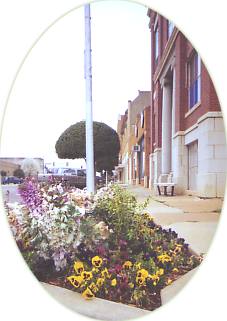
At one time Hackberry Flat was a large isolated wetland that in the wettest of years may have been more than 3,000 acres in size. Thousands of waterfowl and shorebirds once used this wetland as a stopping place during both fall and spring migrations.
In the early 1900s, settlers in the Tillman County area began a massive effort to drain the wetland. The rich, fertile soils found in the region provided great agricultural potential. A four-mile ditch, 20 feet deep and 40 feet across was dug by horse and sled and steam shovel. Despite the efforts, farming was difficult because the area was still prone to flooding.
In 1993 an effort began to purchase Hackberry Flat and restore it to its former glory. More than 7,000 acres of basin and watershed were purchased from willing sellers and restoration efforts were begun soon after. Nearly 35 miles of levees, ditches, and 70 water control gates have been constructed to carry water across the area. Flooding of the area relies on rainfall and a 17-mile pipeline from Tom Steed Reservoir. 4,000 acres can be flooded and 3,120 acres remain for upland habitat. No wonder Hackberry Flat has been described as one of the most significant wetlands restoration projects ever completed in North America. And it's a natural treasure we can all enjoy.
Construction of visitor/education facilities, including an interpretive center and trails, is slated for the near future to inform visitors of the history and importance of the Hackberry Flat area. Whether you want to enjoy the solitude offered by a fiery sunrise over shimmering wetlands or have your heart race with the anticipation of thousands of doves descending on a sunflower field, Hackberry Flat can satisfy your desires. After one visit, you'll be thankful to be blessed by such a place.